Teak Furniture Maintenance - FAQs

Teak furniture is renowned for being a low maintenance material that is resistant to the effects of rain and sun. This weather-resistance is what makes teak an ideal wood for outdoor furniture. However, even hardy teak furnishings need to be cleaned and protected to increase their lifespan. We have compiled an FAQ checklist of tips and considerations to be aware of to keep help you clean and maintain your outdoor teak furniture.
Why is maintenance so important?
High Grade Teak is an investment and you should expect your furniture to last a long time. However, whilst teak lasts longer outdoors then other hardwoods, it is not impervious. Therefore, maintaining your furniture with carefully selected cleaner and protector is important to help your teak last for as long as you need it.
How often should I clean teak furniture?
As a low maintenance material, teak does not need to be thoroughly cleaned more than twice a year. Otherwise, light cleaning if you notice dust, mould or stains should be all that is required.
How do I clean teak furniture?
If possible, the best time to care for you teak is on a fair, breezy day so that it dries quickly.
- Wash the teak with water to moisten the wood and ensure no harmful chemicals or particulates are on the furniture.
- Use a squeegee to remove excess water from your furniture.
- Spray the wood with a teak cleaner, and apply the cleaner evenly with a soft cloth or sponge. Leave to soak for 5 minutes.
- Brush the furniture clean with a scrubbing pad, scrub with the grain.
- Rinse the furniture well with clean water.
Avoid using a high pressure hose or a strong detergent solution. Watch the following video to see teak cleaning in action.
How do I keep teak’s original colour?
For many, the warmth of teak’s gold-brown colour is one of its biggest appeals. Over time, the colour will naturally fade to an elegant silver hue. A common misconception is that silver teak is weaker. However, the colour change does not correlate with a loss of integrity in your furniture and you may find the neutral colour enhances the beauty of your teak.
However, the process will happen relatively quickly, so if you care about keeping teak's original colour, then it is important to use a high quality teak sealer. For a demonstration, watch the video above.
- Shake the sealer well before applying to preserve an even finish.
- Apply the sealer evenly with a dust-free cloth.
- After 60 minutes, apply a second thin coating of protector.
Annual Reapplication of the sealer is necessary to maintain the 'like-new' brown colour.
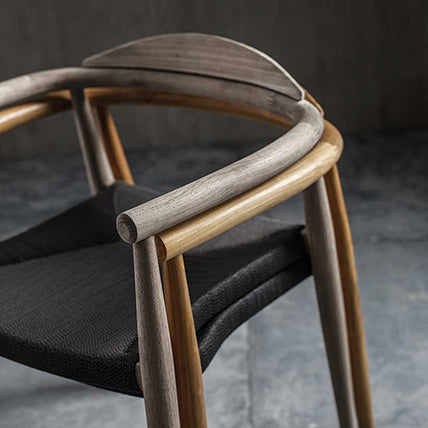
How much does furniture maintenance cost?
Unless extensive restoration is required, it is almost always more cost effective to care for your teak furniture yourself. It only needs to be done up to twice per year and maintenance cleaners and sealers can last multiple cleans. The necessary set of Gloster care products that we offer are available for £180.00. These are the Teak Cleaner and Teak Protector. Other options are available, however, with the Gloster name comes the assurance that your furniture is in safe hands.
What chemicals should I avoid?
Artificial preservatives claiming to help preserve your furniture can do more harm than good, causing flaking and peeling, as well as making your teak reliant on those same chemicals to stay in good condition.
Additionally, acidic cleaners can, when used in a high concentrate solution, damage the integrity of your teak as well as its natural oils. Always test your cleaning solution on a less visible part of the wood, such as the inside of a leg. A helpful benchmark to get started can be one part cleaner to ten parts water.
Varnish or furniture oil?
We strongly recommend that you do not use varnish on your teak furniture at any point. It hides the teak's natural beauty and will eventually be penetrated by water, starting to flake, crack or peel. It must then be removed with sandpaper, risking further damage to your furniture.
Furniture oil, specifically teak oil, is commonly recommended to maintain healthy furniture sets. However, this is misleading and not the miracle some companies imply. Brands such as Cane-line and Gloster source high-quality teak which contains a high amount of natural oil already. Therefore, teak does not require frequent applications of oil. Furniture oils can damage teak's natural oil, causing your furniture to become reliant on manual application.
When is it time to replace my furniture?
Ultimately, well cared for teak furniture can last decades and may never need replacing in your lifetime. This resilience and longevity is why it has been a material of choice for ship-building for as long as we know.
Can I leave teak furniture outside all year round?
Yes! Teak’s high durability is such that it can withstand the warmth of summer and the cold of winter with ease compared to other hardwoods. To help preserve it, a breathable cover for extended periods when it is not in use should be all that is necessary. If you do decide to store your furniture inside, avoid placing it near heaters as this can damage your furniture far more than leaving it outside would.
What do I need to consider in the care and maintenance of my outdoor teak furniture?
To summarise:
- Remove spills as soon as possible to avoid stains. Tough stains can be removed with very fine sandpaper.
- Always scrub with the grain to avoid scratching or marking the wood.
- Teak should only need a thorough clean once or twice per year.
- Teak's natural fade to silver is purely aesthetic and does not mean a loss of integrity.
- Avoid applying oils. Well-sourced teak has all the oil it could need for many years.
- choosing a selection results in a full page refresh
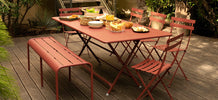









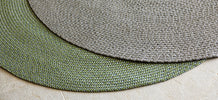


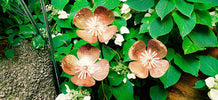




















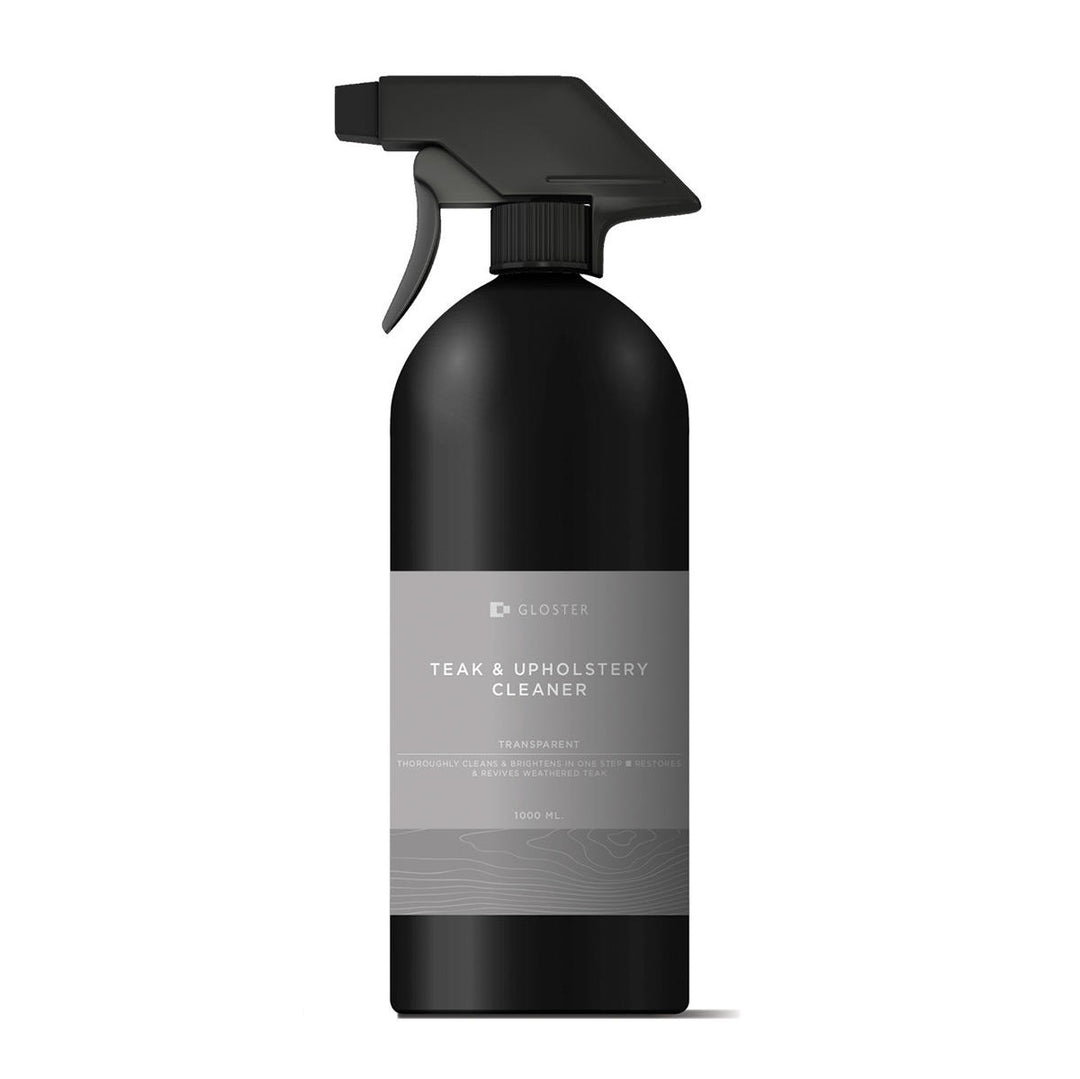
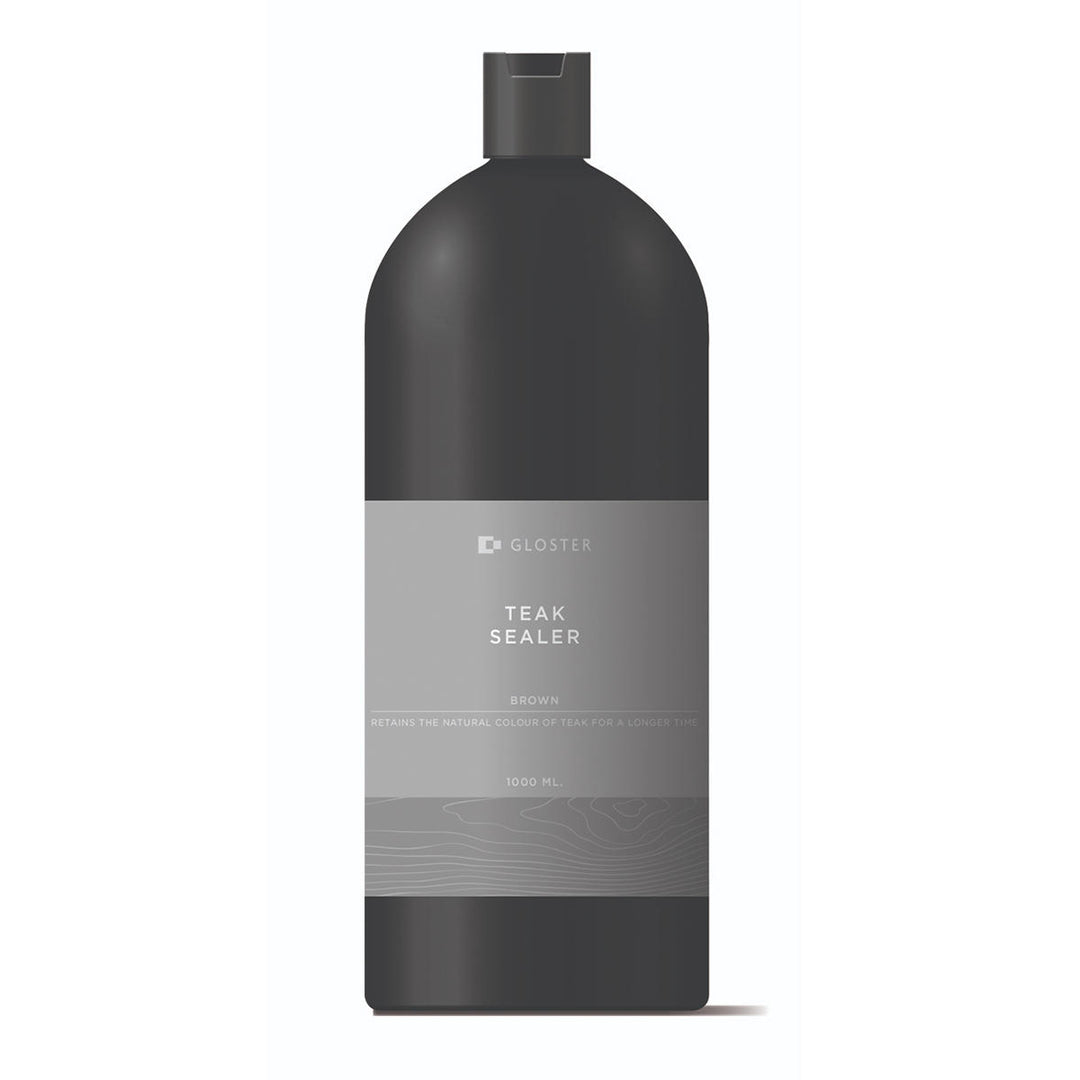
Comments
Follow Us
Previous Posts
Creating fat cakes for garden birds - Angela's recipe
Around the Fire: Trust, Betrayal and a Flame That Won’t Go Out
Fermob Trends 2025 - Precious Nature
12 Luxurious Garden Gift Themes
Garden Gifts to make their Christmas Special
Repotting Large Outdoor Plants: What You Need to Know
Fermob Trends 2025 - Ocean Wave
The Oxfordshire Gardener - February 2025
Nottingham Street Artist Soz Mate Brings Colour to Derby Street